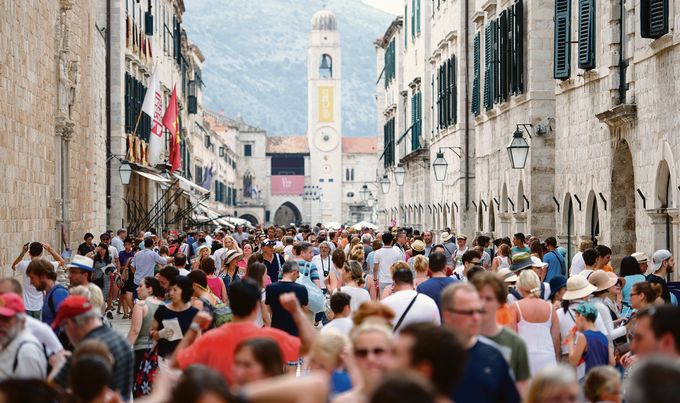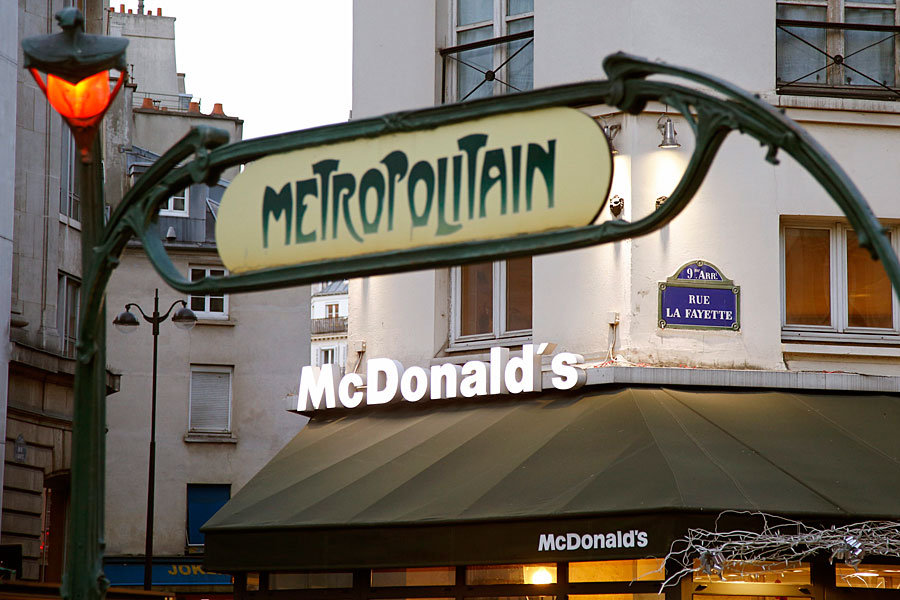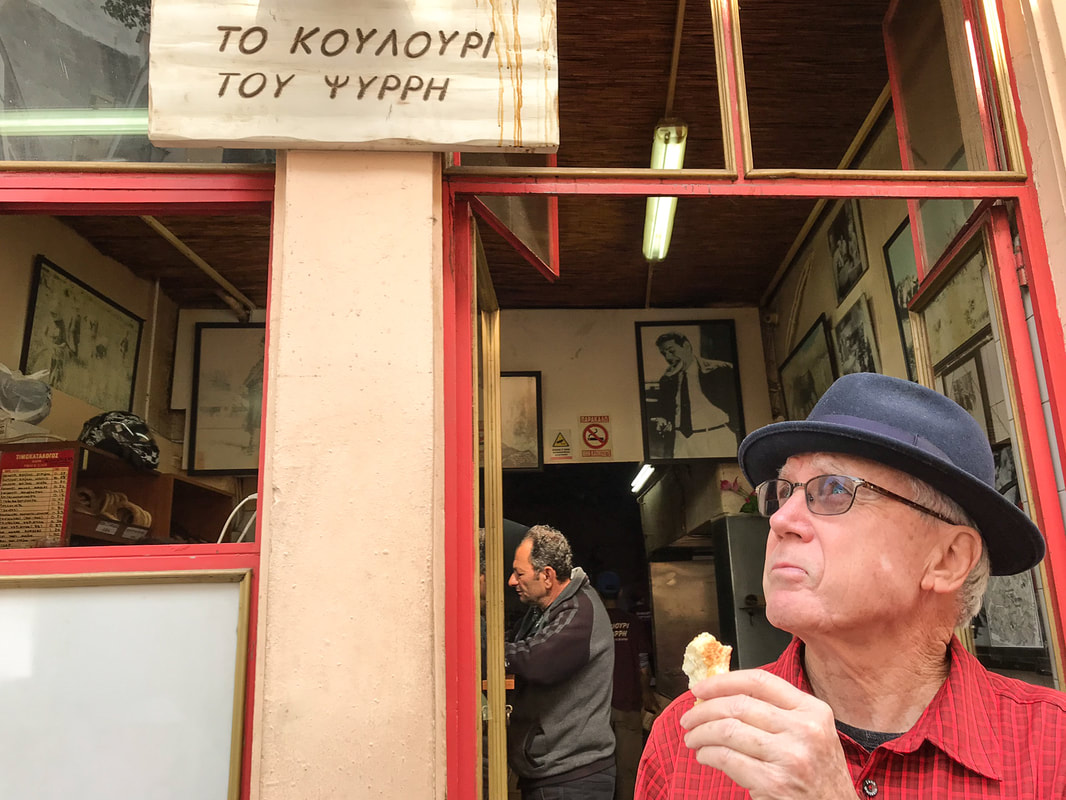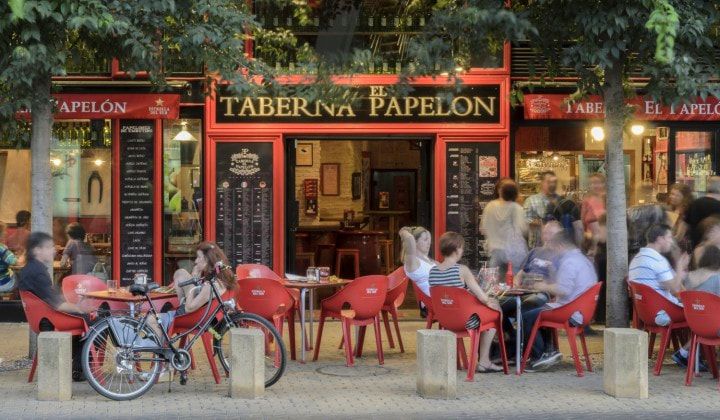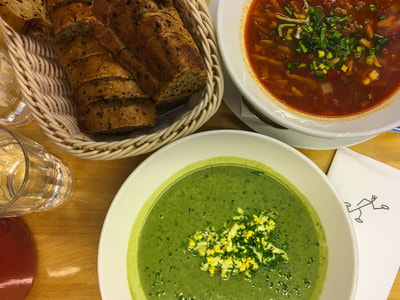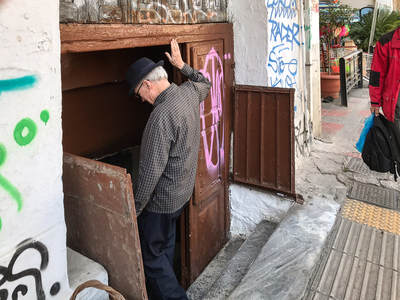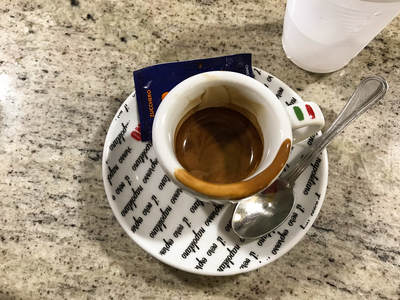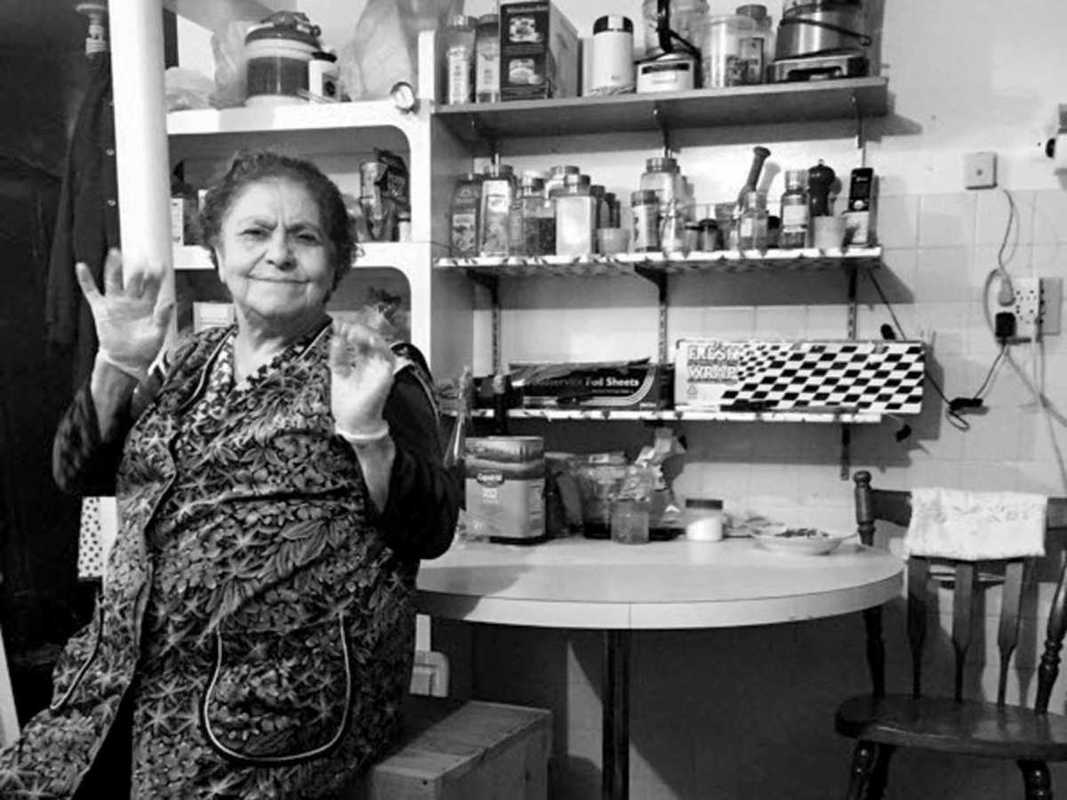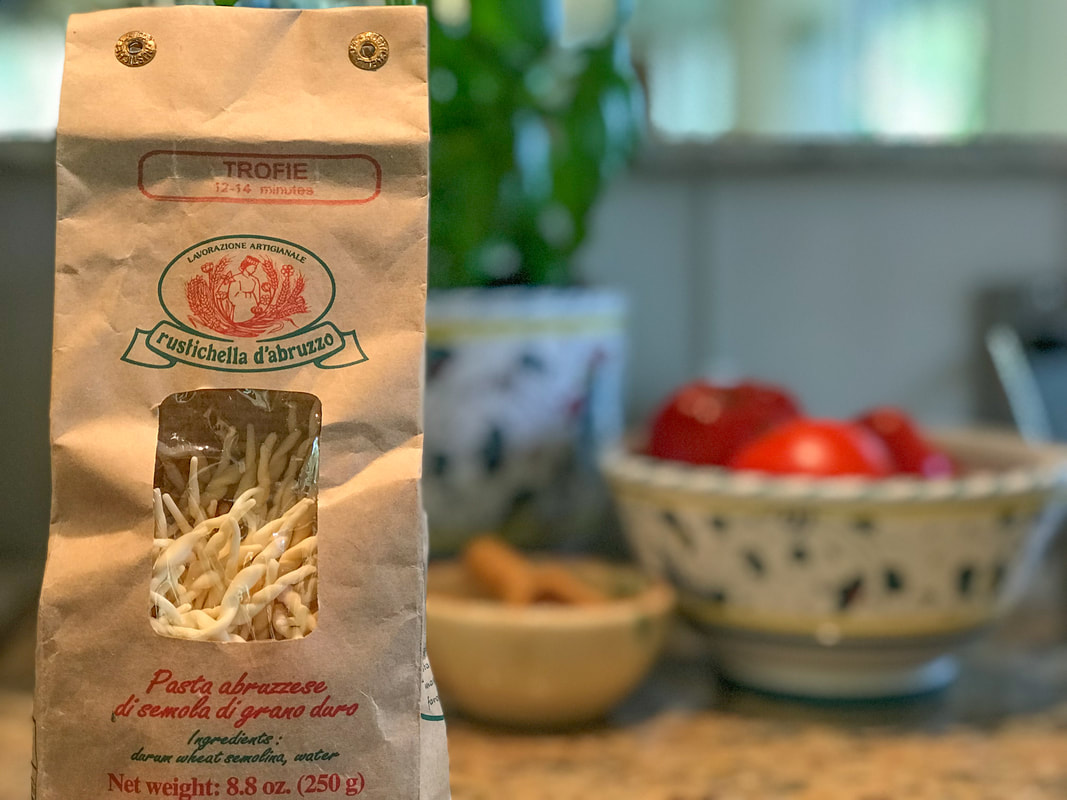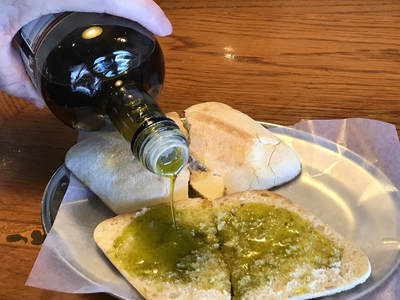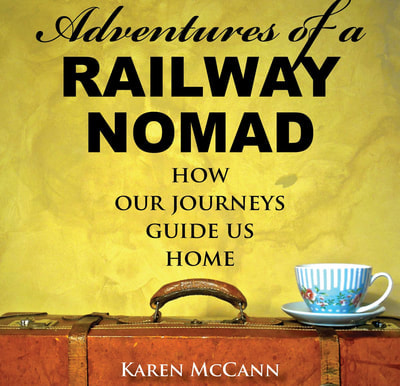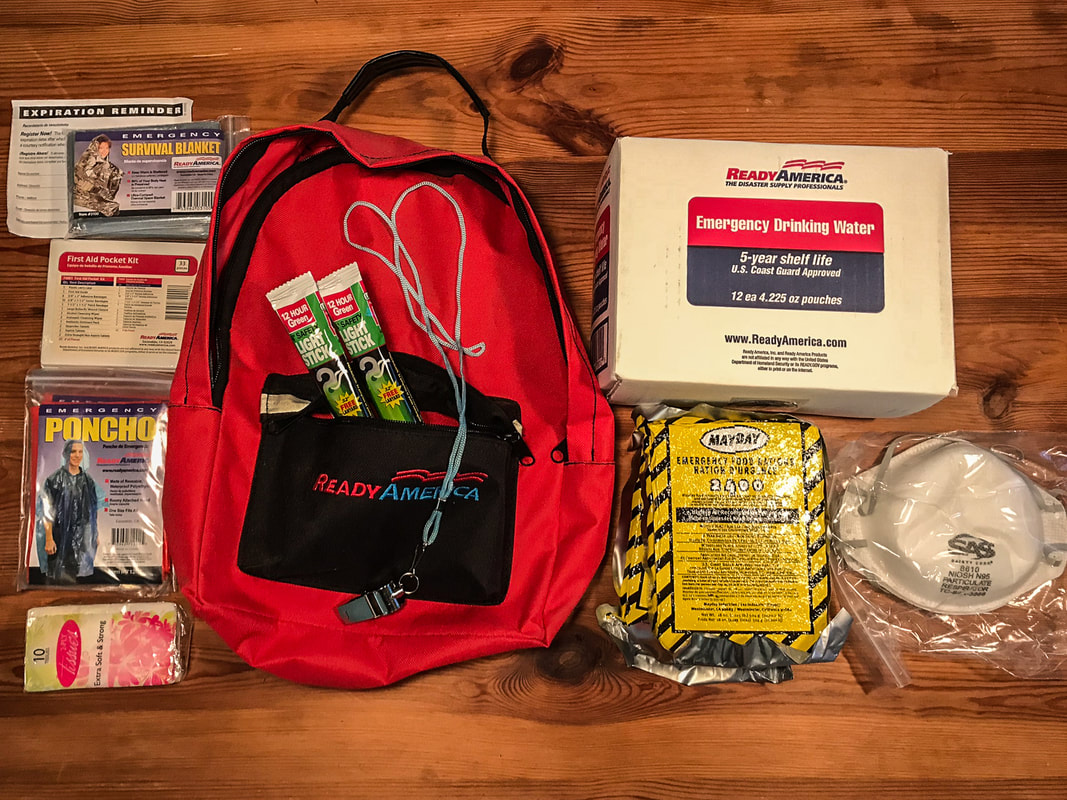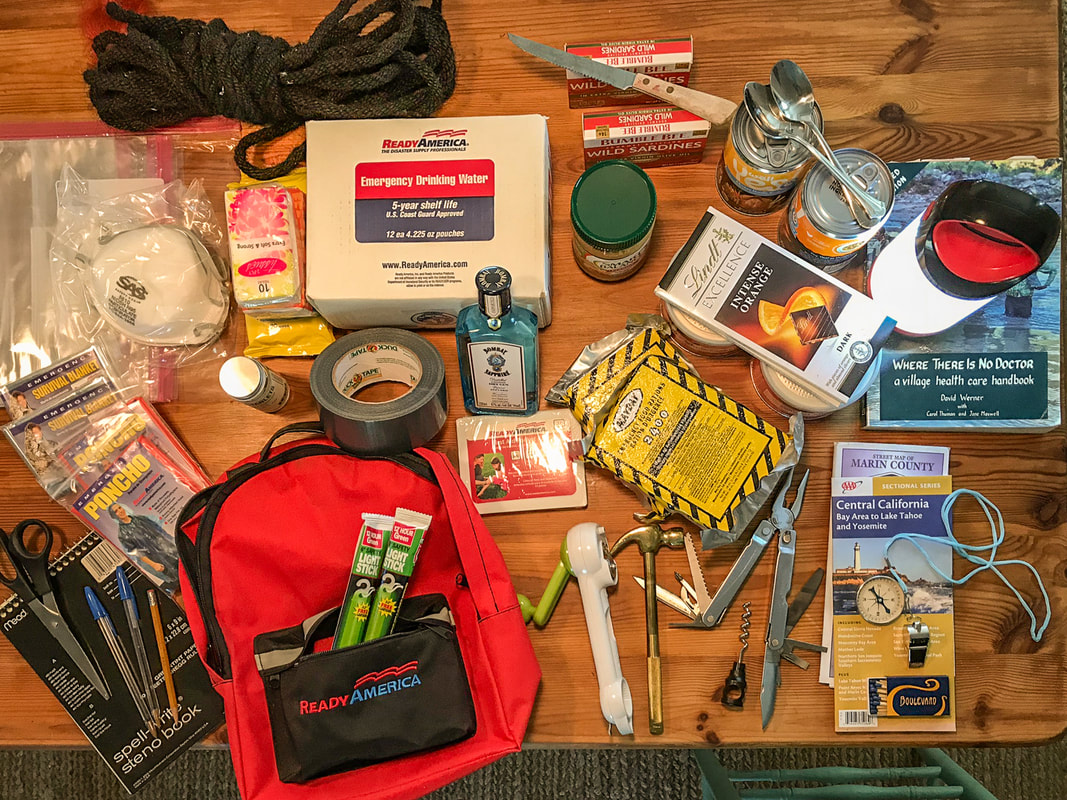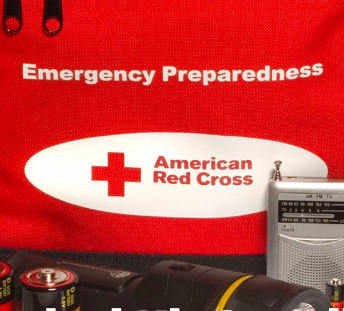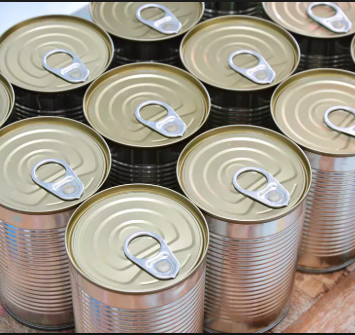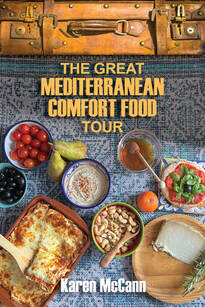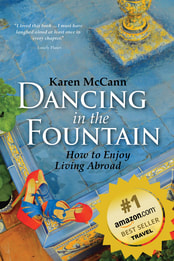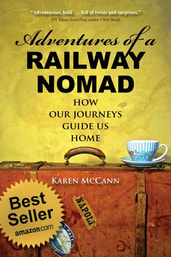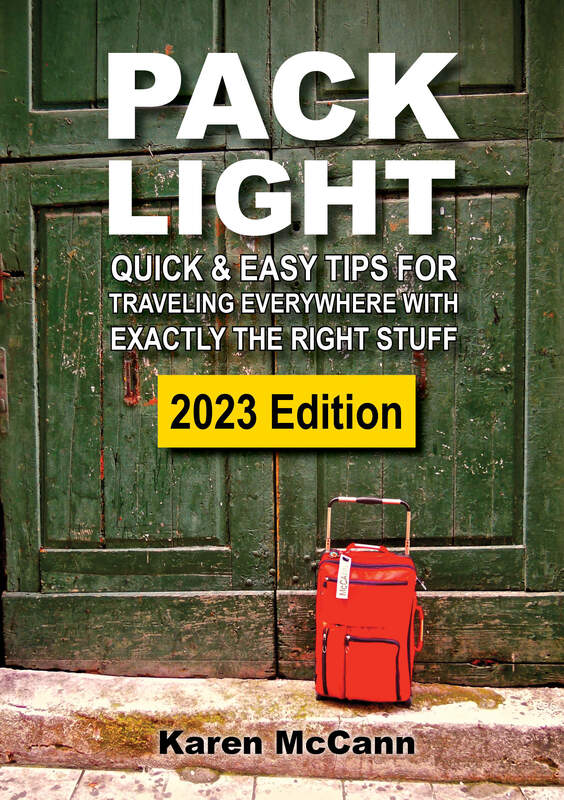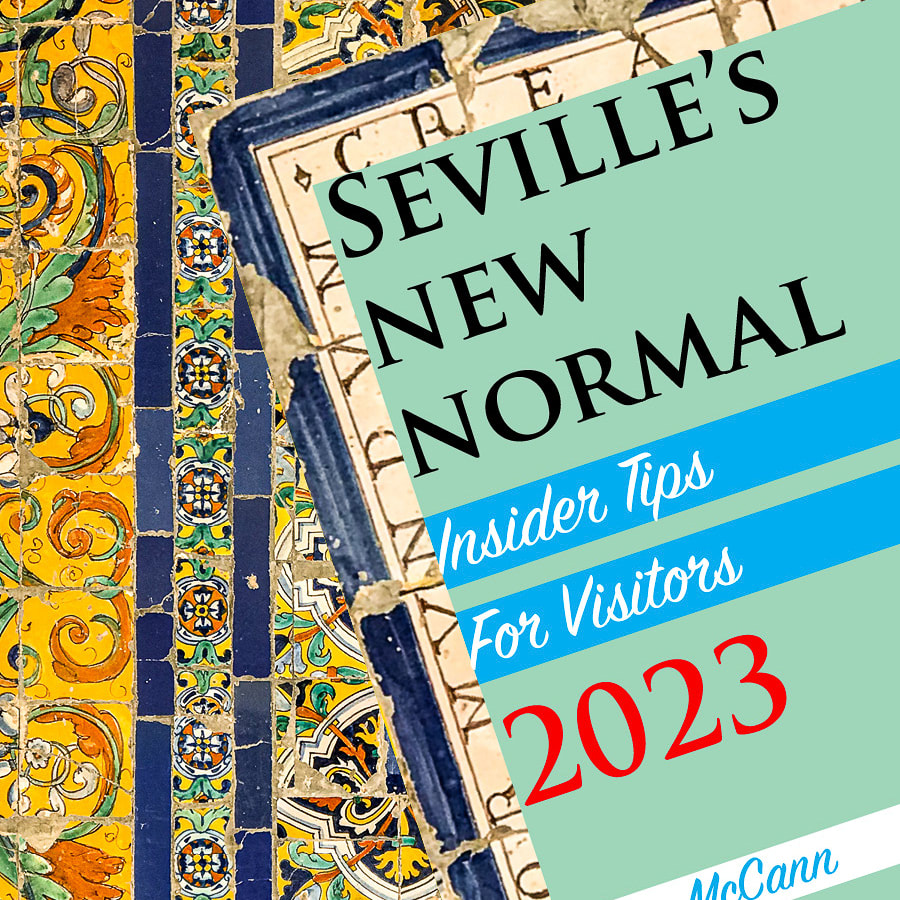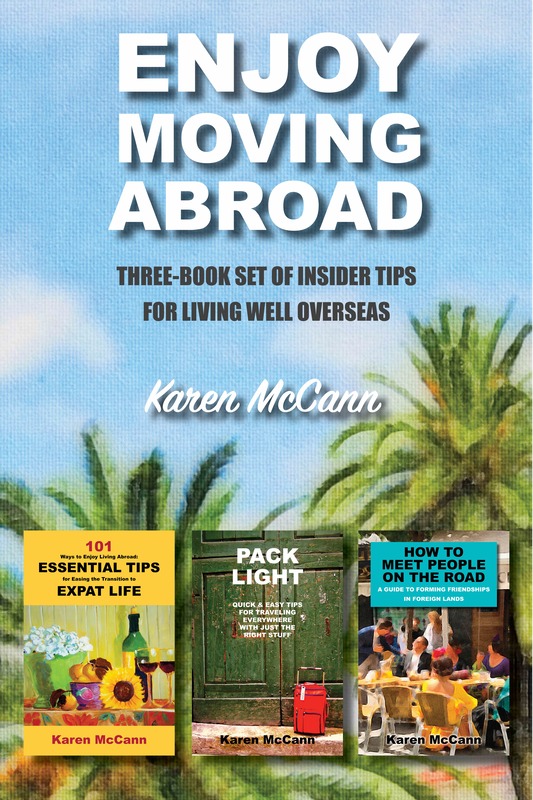|
“Well, that’s another restaurant we’re never going back to,” Rich said. We were peering in the front window of El Traga, a Seville eatery in which we’d whiled away many happy hours with great friends and passable wines. Inside, a mob of twentysomething Americans and Asians perched on our old familiar bar stools, shooting selfies and swilling enormous pink drinks bristling with umbrellas and fruit. New arrivals poured through the front door brandishing printouts from TripAdvisor and pointing to photographs of Caribbean cocktails unknown on Spanish soil until very, very recently. Scenes like this are happening all over Europe. In the decade since the economic crisis drained government coffers, officials have been struggling mightily to replenish them with tourist cash. For better or worse, many cities have succeeded beyond their wildest dreams. Europe hosted a record-breaking 663,000,000 visitors last year, and 2018’s numbers are set to surpass that. Now are officials realizing they should have been a bit more careful what they wished for. “Vacationers Threaten to Turn Europe into a Theme Park,” reads a recent Time headline. Exaggeration? Maybe. But in many top destinations, downtown streets are so clogged with vacationers and souvenir stands and fast food vendors that businesses have stopped functioning, residents can’t conduct their daily lives, and the charm that has attracted visitors for centuries is in danger of disappearing forever. And as if all that wasn’t worrying enough, corporate food chains are replacing the traditional trattorias, cafés, and bistros faster than you can say “Yes, we have menus in English.” But wait! Don’t tear up your plane ticket and cancel your next trip. Remember that Europe is nearly four million square miles, so it’s easy enough to find unspoiled regions — even unspoiled sections of hideously overrun cities like Barcelona and Rome. While it’s depressingly true that much of the European landscape is infested with American fast food franchises and more homegrown cookie-cutter chains, every city still boasts a host of fabulous eateries, from old-school cafés to experimental chefs of real genius. To find great eats, you’ll need two simple tools: walking shoes and your sniffer. Every European city has a “Touristville,” usually in the blocks surrounding the cathedral. In this zone, expensive substandard fare is the norm because owners know they’re serving one-time customers unfamiliar with local cuisine and prices. Use those walking shoes to stroll out of Touristville and into a local neighborhood. Now get serious about choosing a place to eat. For guidance, I often check such resources as Like a Local, Lonely Planet, and Triposo. The least reliable is TripAdvisor, which measures popularity not quality. Whether you’re heading to a place you’ve read about online or choose to explore an intriguing-looking spot you stumble upon, here’s where your sniffer comes into play. Rich has spent a lifetime honing his sniffer — that is, his uncanny ability to discover terrific places to eat, drink, and make merry. His technique has always been a closely held secret — until now. The shocking proliferation of tourist trap restaurants, especially corporate chains masquerading as quaint, traditional cafés, is compelling him to speak out. “It’s for the greater good,” he says. “And it’s really quite simple. Just ask yourself these five questions.”
2. “Does the place look clean and well run?” Funky is one thing, filthy another. We once took some unlucky guests to try out the new café-bar opened by an old acquaintance. Wall plaster was crumbling down onto the frayed seats, the food in the glass case looked as if it had been there for days, and when our host insisted on giving us free potato chips, they had a strange, fish-like flavor. We made our excuses and fled. 3. “Sniff the air; what’s cooking?” If the scents wafting out of the kitchen make your mouth water, that’s a big plus. If the place smells like potpourri, disinfectant, or worse, give it a miss. 4. “Look around; what dishes are being served?” In Antiqua, Guatemala we wanted local food but at first all we saw were tourists tucking into burgers and chicken Caesar salads. Eventually we found a hole-in-the-wall jammed with locals eating pepián de pollo (chicken in spicy pumpkin and sesame sauce). Yum! 5. “What are customers drinking?” There’s nothing wrong with enjoying frilly cocktails from Thailand, Cuba, and Hawaii, but they are a tip-off that you’re not in a traditional European restaurant. If you’re looking for a local experience, find out about regional favorites — usually specific types of beer and wine. All food has a backstory. You’re not likely to get much joy from a dish whose history is a dismal saga of mass production, days on trucks, and months in freezers. Skip the corporate food traps and go for the real deal — locally sourced, freshly prepared meals that are a feast for the senses. Yes, some regions of Europe are edging closer to becoming theme parks, but even there, with a bit of walking and judicious use of your sniffer, you can still find memorable meals worth lingering over. Life is too short to eat bad food, and that goes double when you’re traveling. As Erma Bombeck so famously put it, “Seize the moment. Remember all those women on the Titanic who waved away the dessert cart.” Have you had any great or terrible meals in Europe? Got any tips for finding terrific eateries abroad? Please share the details in the comments below. YOU MIGHT ALSO ENJOY
12 Comments
Sicilian grandmothers are known for their warm hearts, steel spines, and pasta to die for. Don’t ever cross one. “My Nana,” wrote a Sicilian now living in New York, “is an extremely powerful figure in my family. At five-foot-nothing, she towers over everyone else. My Papa knows to keep his mouth shut, or he’s in a world of hurt. Don’t get me wrong; she’s sweet as sugar. But she’s also tough as nails … The other day, she told my oldest brother that she would blow off his big toe if he didn’t pay her the money he owed her. As I laughed, she whispered to me, “I really wouldn’t, I’d just break it.” When Sicilians speak of their nana (or nonna, as it’s more commonly spelled), it’s often with this mixture of terror and fondness, and always with deep respect for the strength of their love and the quality of their pasta sauce. Luckily for those of us who didn’t grow up with a traditional nonna in our lives, these women have been generous in sharing their culinary secrets. And today it’s possible to learn their techniques for making utterly fantastic traditional pasta sauce even if you’re neither Sicilian nor a grandmother. I first learned of Sicilian pesto from my friend Kathryn, who lives in California and travels the world taking cooking classes from talented local chefs — including two in Sicily. Kathryn and I were chatting recently about how my travel writing is focusing more and more on food as the gateway to understanding various small corners of world culture, and the next morning she sent me a recipe that made my mouth water. I was familiar with green pesto from Genoa — a mix of basil, garlic, pine nuts, Parmesan cheese, and olive oil —but had no idea the Sicilians had created their own version. I should have suspected it; Sicilians have their own way of doing everything. They have a saying: “Make your promises and confessions while you’re drinking wine and eating mozzarella.” No, I don’t actually understand what that means, but I have a feeling it’s very wise — at least from a culinary standpoint. 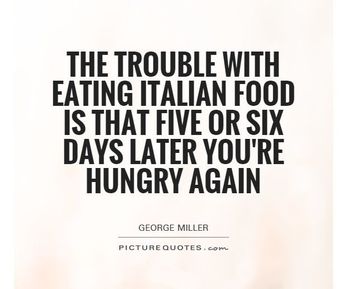 Sicily’s population earned its wisdom the hard way; thanks to the island’s position in the center of the Mediterranean, the capital, Palermo, has earned the dubious distinction of being the most conquered city in the world. Tough times for the residents, but one small silver lining was that when the fighting stopped, exchanging recipes began, making the island’s cuisine some of the richest and most diverse in the Western world. A century or two ago, the nonnas in Sicily’s port city of Trapani took a hard look at Genoa’s pesto and realized it could be adapted to favor local ingredients. They added tomatoes from their gardens, replaced hard-to-get pine nuts with almonds, and threw in a pinch of pepperoncino (hot chili pepper) for zest. I knew I had to try it, and I cleverly hit upon a plan to have Kathryn prepare pesto Trapanese so I could videotape it for the blog — and of course, help her eat it afterwards. We began with a visit to Kathryn’s garden. As she picked a basket of perfectly ripened tomatoes, she talked about Mediterranean comfort food being “in the moment,” centered around ingredients that are picked at their peak and used immediately. The spontaneous quality of this cuisine makes it endlessly adaptable, and Kathryn decided to add the juice of a lemon to the ingredients specified in her favorite recipe (Lidia’s Pesto Trapanese from Epicurious). “I find lemon juice adds bounce to just about any dish,” she told me. Like so many contemporary pesto recipes, this one called for mixing the ingredients in a food processor rather than going old school and mashing it by hand. (The name “pesto” is derived from the same Latin root as the word “pestle” which means masher.) I’m all for tradition, but I had to admit I appreciated the convenience of mechanized mashing over a mortar and pestle, especially as I might be expected to pitch in. Instead of serving the Trapanese pesto over the recommended spaghetti, Kathryn suggested a type of pasta I’d never heard of: Trofie, which hails from Northern Italy's Genoa region, along the coast that locals call Golfo Paradiso (the Gulf of Paradise). There, generations of grandmothers have taught youngsters how make this distinctive pasta by rolling it out on a tabletop with their palm, then curling it with a backward swipe of their little finger. Until the mid-twentieth century, when commercial production began, it was always made at home, and each woman had her own subtly distinctive style; locals could tell at a glance who had made any particular batch. Kathryn and I opted for the simplicity of purchasing the Trofie pasta, and once the ingredients were all assembled, preparing the pesto sauce took mere minutes. The results? A brilliant burst of flavor in every bite, supported by the pleasant, slightly unusual texture of rolled pasta. The world owes a tremendous debt to the grandmothers of Sicily and Northern Italy for sharing their wisdom — culinary and familial. They have earned our respect — and they’re going to make sure they get it. “There are many stories involving my Nana,” wrote that Sicilian New Yorker. “Like the time I told her that her teeth were fake and she bit me (turned out they were real).” Make no mistake; to cross one of these grandmothers is to take your life in your hands. When I lived in Cleveland, I often heard a Sicilian friend say, “Revenge is too important to be left to chance.” No doubt he picked up the saying from his grandmother, and I suspect that right now his kids are passing it down to the next generation — along with recipes for pasta sauce that nobody could refuse. Have you learned how to make any amazing pasta sauces? We want to hear about them! Tell me everything in the comments below. YOU MIGHT ALSO ENJOY Have you ever noticed how often San Francisco has been the setting for lurid cinematic disasters? I personally have watched my fair city attacked by Godzilla, aliens, zombies, brain-enhanced apes, cyborgs, a giant octopus, a Bond villain, the Body Snatchers, biological weapons, and the Incredible Hulk, to say nothing of floods, fires, and of course, earthquakes. I used to think these were harmless entertainment films, creating outlandish fantasy scenarios to give us thrills to spice up our humdrum lives. But nowadays I’m wondering if Hollywood was actually making training films to prepare us for the times we’re facing now. 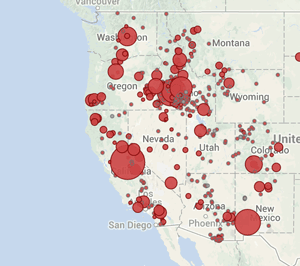 Map of 2018 wildfire locations Map of 2018 wildfire locations As I write this, the West Coast is being ravaged by wildfires at an unprecedented scale. Friends of mine have been forced to flee their homes at a moment’s notice, racing out the door minutes before their neighborhood was engulfed by flames. Last week, the utility company sent me a postcard warning that we could be next and urging us to prepare a plan and assemble emergency supplies. Yikes! “We’re prepared, right?“ I said to Rich. “We bought that kit after we were evacuated during the floods.” We’d talked about buying one even before that, following some small earthquakes, but it took an evacuation-level event to remind us that Mother Nature is nothing to be trifled with or ignored, especially in California. With natural disasters on the rise, American manufacturers have been quick to leap on the marketing opportunities; around here, retail outlets are bristling with kits guaranteed to make fleeing for your life a bit more comfortable and convenient. We’d picked up one of these kits and hung it in the toolshed two years ago; by now we were a bit hazy on precisely what it contained. “Maybe we should haul it out and take a look,” I said. The first aid kit contained little more than band-aids, aspirin, and moist towelettes. The MayDay emergency food rations were rock-hard slabs of white flour, sugar, and palm oil. I supposed eating them would better than foraging in the rubble for edible weeds or attempting to snare wild animals in the park, but only just. “Rich, we have to up our game.” I consulted a friend who lives in a nearby town. “As you know, we’re on the top of a hill,” she said. “We’ve joined together with our nearest neighbors, five of whom are doctors. Two families own generators, and we all chipped in for rolling carts to hold the medical kits and food supplies …” Obviously, our best move in any emergency would be to walk to her house. But she and her husband travel a lot, and it would be just my luck if they were out of town at the time of the tsunami/giant shark attack/zombie apocalypse. No, Rich and I had to figure out our own plan and assemble our own supplies. So we bought a rolling cart and looked up survival medical supplies and the best foods to stockpile in an emergency. It’s a work in progress, but so far we’ve collected some handy tools, maps, and of course, duct tape. On Tuesday I bought peanut butter, nuts, chocolate, and canned food that looked considerably more palatable than the MayDay rations (admittedly a low bar). When I mentioned to the store clerk that I was stocking my emergency kit, he said, “Ah, so, you felt that earthquake yesterday?” Yes, with the irony for which God is so justly famous, right in the middle of our disaster-preparedness efforts, I’d lain down for a siesta, only to be tossed into the air by my own bed. It wasn’t a major quake, just 3.64 on the Richter scale, but the epicenter was fairly close, the force strong enough to make me leap to my feet, heart pounding, wondering if this was the Big One. Not to keep you in suspense, it wasn’t, and the sales clerk and I spent a few moments counting that blessing. Then he looked over my purchases and said, “What, no bottle of wine?” “Too bulky,” I said. “We’re taking gin. Or as my husband calls it, ‘vitamin G.’” Collecting supplies is a good start, but the real question is where to go if (when?) a disaster forces us from our home. I’m hoping Rich and I will be together, the phone system won’t go down, and our car will have a full tank of gas. But I’m not counting on any of that; see the above paragraph about God and irony. Should Rich be elsewhere in our only car, I need to be prepared to evacuate alone, on foot, without phone service. After many hours and glasses of wine, we determined that our rendezvous point would be a hotel near the ferry port and relatively close to the train station. It’s 4.7 miles from our cottage, and according to Google maps, I should be able to walk there, hauling the rolling cart, in about an hour and a half. It should take that long, but as anyone who’s ever watched a disaster movie knows, there will be surprises and obstacles, from brushfires to buildings toppled across the road to marauding bandits who, not having prepared their own emergency kits, will want to steal mine. Under such circumstances, many a plucky disaster heroine has saved herself by carrying a weapon, but so far our kit contains nothing more lethal than a steak knife and Rich’s 12-in-One Utility Tool. But that’s OK because let’s face it, if I am required to engage in hand-to-hand combat, I’m unlikely to emerge the winner. I’ll just have to sacrifice my peanut butter and MayDay bars to save myself. As a die-hard optimist, I find it difficult to believe this kind of craziness will ever become my reality. But then, I’ve been surprised by a lot of impossible things lately. And I don’t want to be one of those clueless characters who dies in the first reel because they didn’t have the common sense to back away when they saw Godzilla approaching the Golden Gate Bridge. I’m preparing for the worst, hoping for the best, and keeping my fingers crossed that our new, improved emergency kit continues to gather dust in the toolshed for many years to come. How prepared are you for emergencies and disasters? Share your tips, ideas, and concerns below! YOU MIGHT WANT TO CHECK OUT THESE USEFUL RESOURCES |
This blog is a promotion-free zone.
As my regular readers know, I never get free or discounted goods or services for mentioning anything on this blog (or anywhere else). I only write about things I find interesting and/or useful. I'm an American travel writer living in California and Seville, Spain. I travel the world seeking eccentric people, quirky places, and outrageously delicious food so I can have the fun of writing about them here.
My current project is OUT TO LUNCH IN SAN FRANCISCO. Don't miss out! SIGN UP HERE to be notified when I publish new posts. Planning a trip?
Use the search box below to find out about other places I've written about. Winner of the 2023 Firebird Book Award for Travel
#1 Amazon Bestseller in Tourist Destinations, Travel Tips, Gastronomy Essays, and Senior Travel
BLOG ARCHIVES
July 2024
CATEGORIES
All
|
